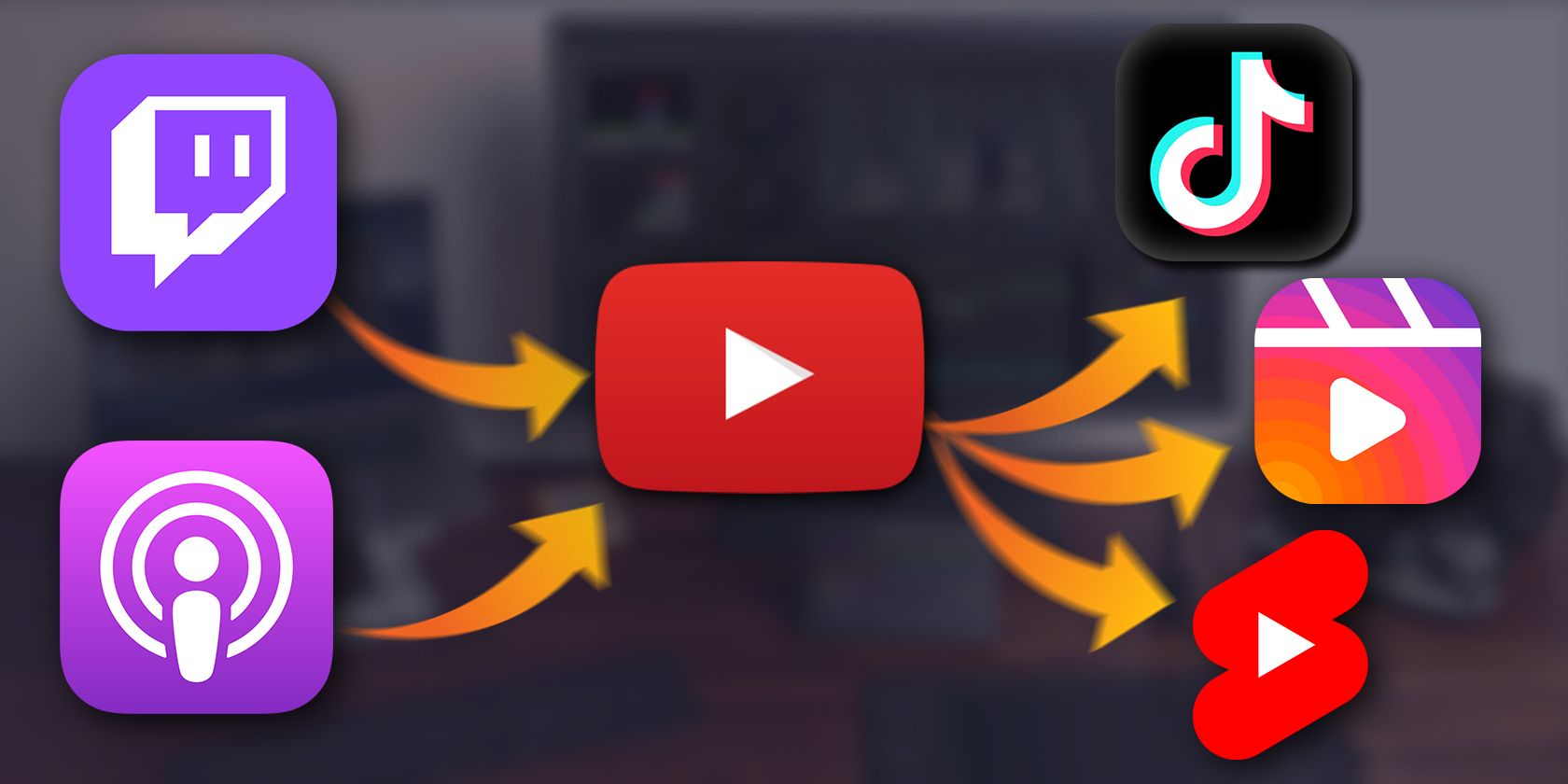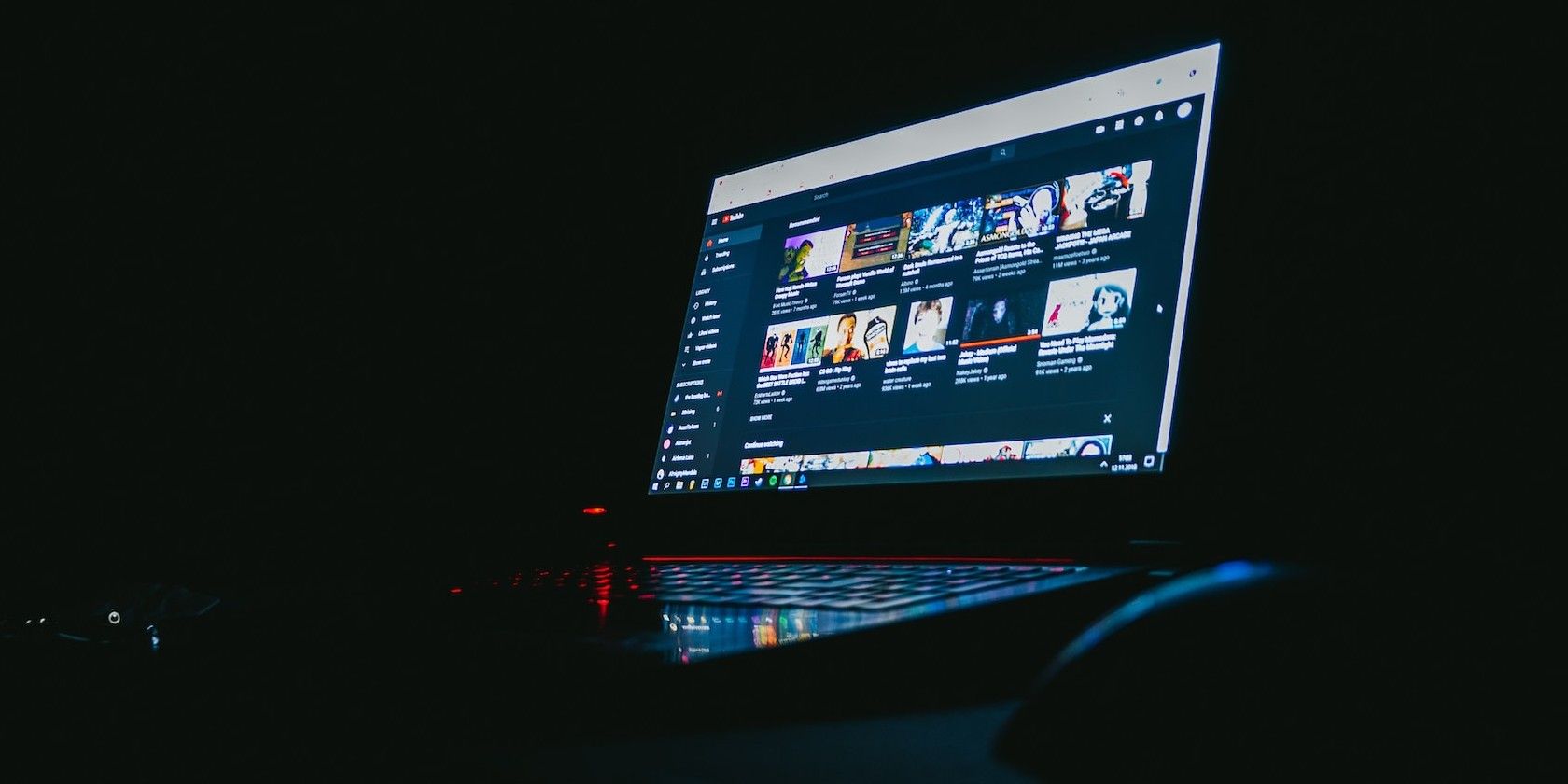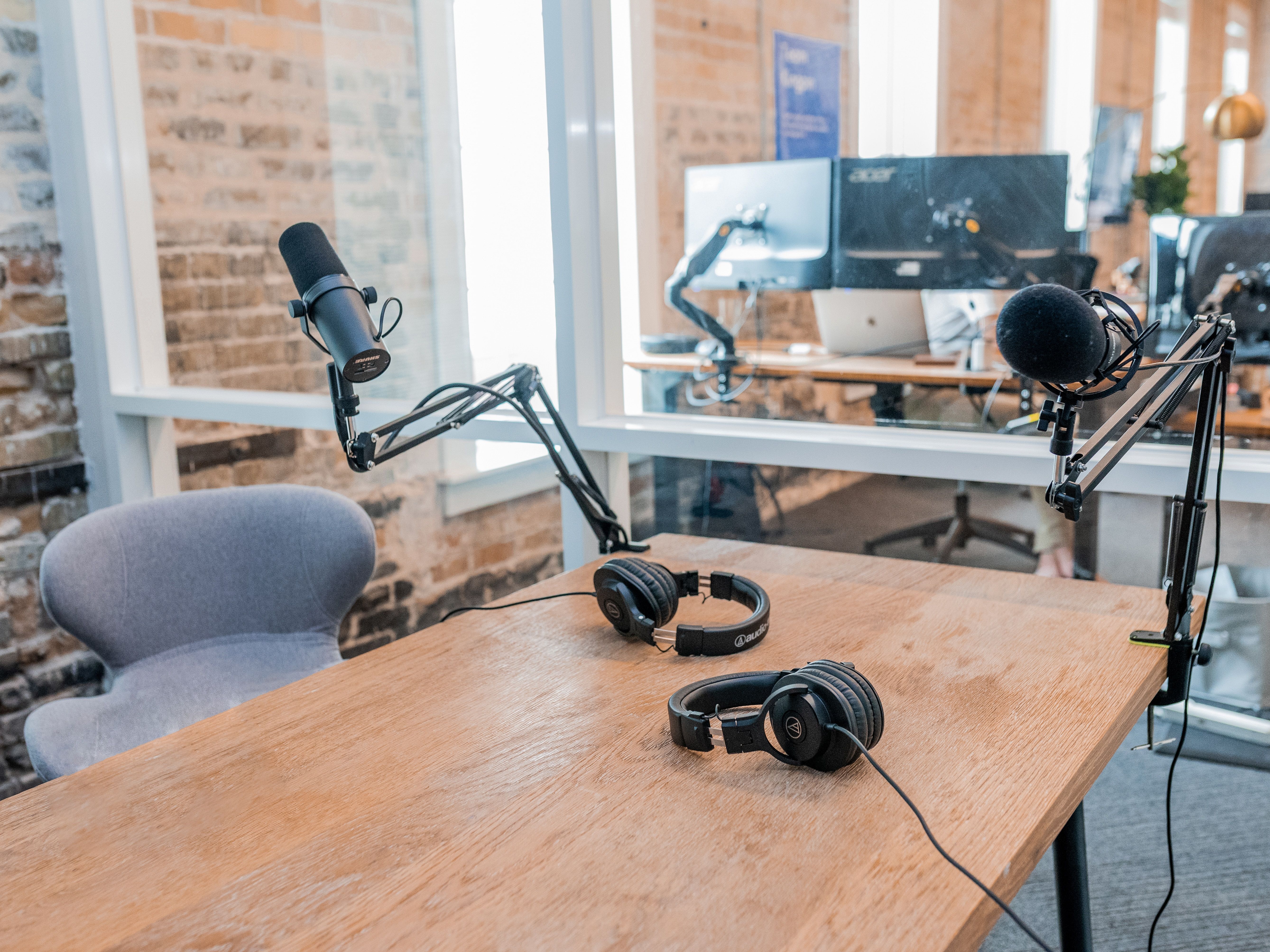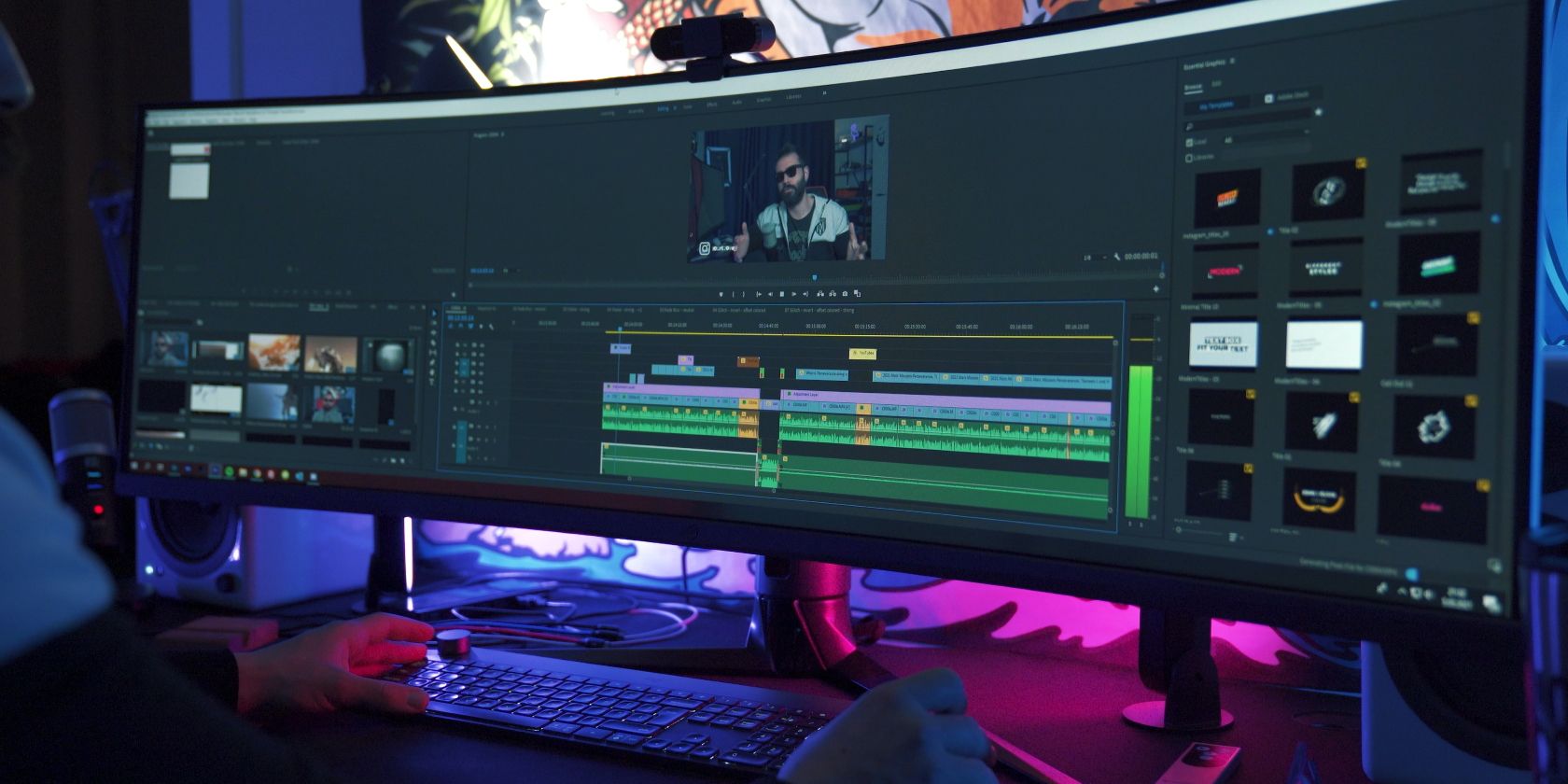Many creators seemingly have an endless supply of content across just about every platform. They may have their content in 10 times as many places, but chances are they’re only using marginal effort to do so via content recycling.
What Is Content Recycling?
Content recycling is making the most of one content idea and sharing it across as many platforms and media as possible. It’s reusing and repurposing content for the greatest possible reach. Think uploading the same TikTok to multiple platforms or making highlights from a podcast to share on YouTube.
For best results, it requires extra planning in how you make your content in the first place. Think of a funnel that starts with long-form content, then the ideas get progressively summarized as they’re repurposed for shorter forms of media. A podcast becomes a 20-minute video of highlights, then each highlight becomes a TikTok, YouTube Short, and Instagram Reel.
Why You Should Recycle Your Content
In short, recycling content improves your growth, specifically growth per unit of effort you spend making content. If you can make one good idea into many pieces of content spanning multiple platforms, that’s a lot more leverage to your effort than only posting one kind of content on one platform.
Next, some people may exclusively use certain platforms and not others. Some may prefer Instagram Reels over TikTok. Some may only listen to podcasts on Spotify and would never listen via Apple. Content recycling can allow you to reach all of these people.
Moreover, you hedge against the weaknesses of each content type. Long-form content is generally not discoverable; people rarely find podcasts or live streams by browsing Spotify or Twitch. They typically find someone via clips on TikTok or YouTube, then start watching the stream or listening to the podcast.
Similarly, short-form content can lack community or cohesion, and guiding these viewers to longer-form content is how you develop true fans. Viewers will be more invested in you by chatting in a long stream or regularly listening to podcasts than by occasionally watching TikToks. Thus, in addition to growth, you can also deepen your connection with your fans.
How You Can Recycle Your Content
Recycling content can span from simple reuploading on different platforms, to retroactively modifying content you've already made to suit other platforms, to completely revamping your creative strategy.
1. Reupload on Other Platforms
Multiple platforms exist for many types of content. Simply reupload to these other platforms! If you make TikToks, reupload them to Instagram Reels and YouTube Shorts. Make sure your podcasts are posted to all relevant platforms, such as Spotify, Apple, YouTube, and beyond—many podcast hosting services like Spotify for Podcasters do this for you.
Consider uploading YouTube videos to a Facebook page, though you may need to trim and reformat them for the best results.
2. Repurpose Existing Content
Take content you’ve already published and make edits to suit other platforms, even if you didn't originally plan to do so. For example, you can repurpose a YouTube video you’ve already made into a TikTok without recording additional footage. Here are some recycling editing strategies to try in that process.
3. Plan for Multiple Platforms From the Start
Before streaming, recording a podcast, or making videos, take extra time to build a workflow that allows one content idea to flow smoothly across multiple platforms. Making your ideas for long-form content naturally leads to easy conversion for short-form
Use long-form content like blogs, podcasts, live streams, and videos to create shorter-form content. Have the short-form content in mind as you produce your long-form stuff.
Plan a stream with structure, like a unique gaming challenge. That structure will make it easy to convert into a YouTube video, and the unique premise of it will inevitably allow for exceptional highlights for making short-form content.
Examples of Successful Creators Who Recycle Content
Let’s highlight creators who exemplify the efficiency of content recycling. Note that they both are full-time creators with a team to help them, but even part-time solo creators can follow their workflows and would benefit greatly.
Alpharad: A Multi-Platform Gaming Creator
Alpharad structures the majority of his content strategy as follows, and it lends itself perfectly to recycling and originality. First, he streams most of the games he plays on Twitch. Most of the time, he adds a unique premise or challenge to the game, though he may simply play a unique game like Pokémon fan game, Infinite Fusion.
Eventually, he and his team cut those streams down into superbly edited videos, often compressing the whole stream or series of streams into under 30 minutes.
Last, he publishes YouTube Shorts of additional clips from that stream as well as shortened versions of his past videos. He also publishes many of these same clips on TikTok too.
Alpharad's main input for his content is his stream, which he then recycles down to longer videos and short-form content. If you want to be even more efficient, you can make TikToks while you stream using an OBS plugin.
Ali Abdaal: A Productive Podcaster and YouTuber
Ali Abdaal is mainly known as a YouTuber who discusses business and productivity, but he also has two podcasts. In one of those podcasts, Deep Dive, he interviews creators, authors, and other professionals on certain topics. He frequently interviews authors for books he enjoys and recommends in that podcast, such as Dr. Grace Lordan.
Then, he will publish 6-10 minute clips from these interviews on his podcast’s YouTube channel on key topics.
Last, he will then make a video on his main channel discussing the book by the author he interviewed, then include key quotes from the podcast interview to help explain the topics in the book. He'll often also make short-form content based on the same books or interviews too, and he'll upload them to both YouTube Shorts and Instagram Reels.
In addition, he publishes his podcast on just about every relevant platform, so he is a great example of following all three content recycling strategies.
Good Ideas Still Matter Most
Content recycling will help you to grow if the ideas you’re repurposing are worth watching. A bad idea on ten different platforms is still a bad idea. Improve your ideas first, then use content recycling to make the most of them.




